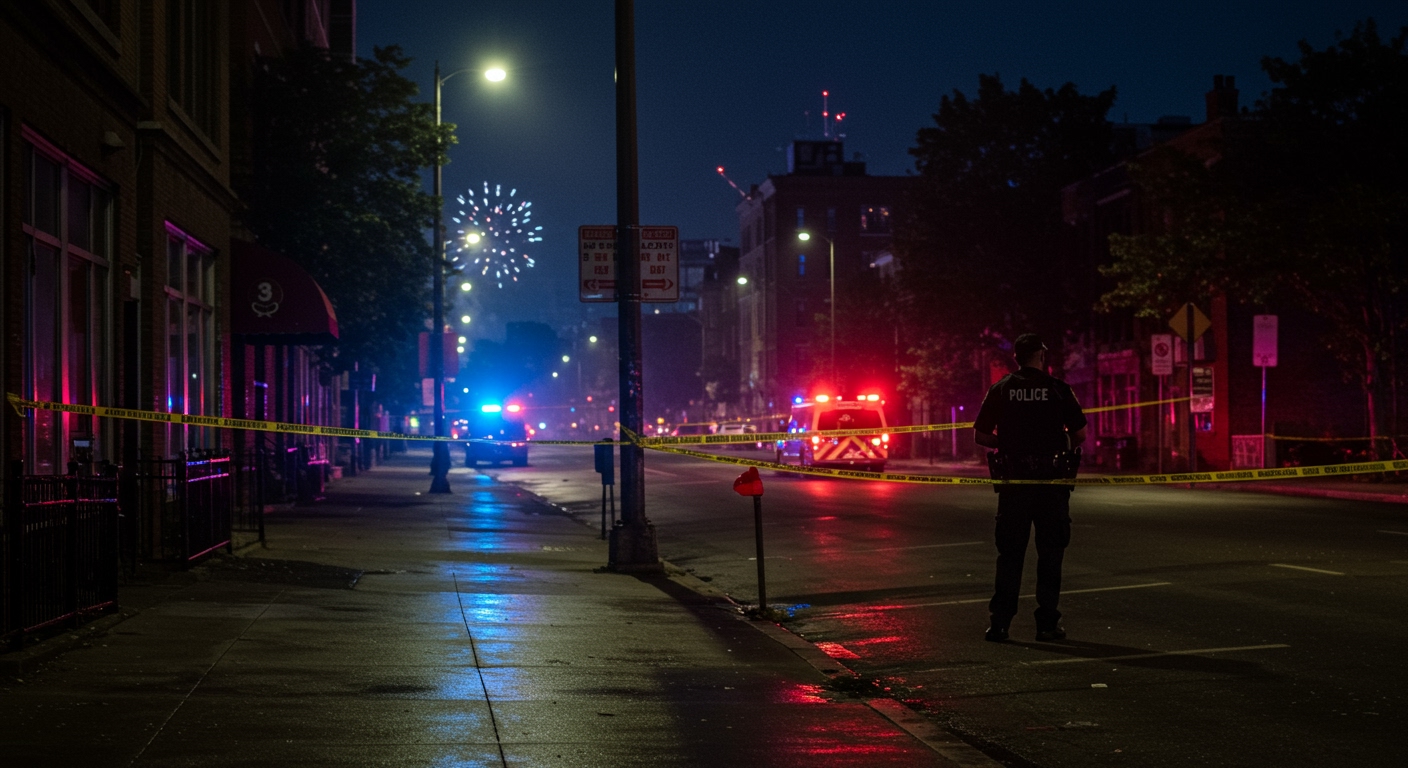CHICAGO – A pivotal decision by a Chicago City Council committee has cleared the way for a potential expansion of housing options throughout the city. The committee voted 13-7 in favor of a plan to legalize coach houses and granny flats, a move that proponents say could significantly boost housing density and affordability.
The proposed ordinance, if fully approved, would dismantle current zoning restrictions that have long limited the construction of these types of additional dwelling units (ADUs). Coach houses, also known as carriage houses, and granny flats, which are often attached to or within existing single-family homes, offer opportunities for increased housing stock without necessarily altering the overall footprint of a neighborhood. The initiative aims to provide greater flexibility for homeowners and renters alike.
The committee’s affirmative vote marks a crucial step in a process that could reshape residential landscapes across Chicago. These ADUs can take various forms, providing independent living quarters. They frequently serve as rental units, offer space for extended family members, or serve as home offices. The potential impact on housing costs has also been a key consideration for the council.
Advocates and Concerns
Housing advocates have been vocal in their support of the plan, arguing that legalizing ADUs is a vital step towards addressing the city’s housing challenges. Supporters contend that ADUs could ease the burden of rising housing costs and provide a wider range of choices for Chicago residents. The ability to create additional housing units without extensive new construction is seen as an efficient way to increase the supply of available homes.
However, not all reactions have been positive. Some community members have voiced concerns about the potential effects on neighborhood character and parking availability. These concerns often stem from the possibility of increased density in residential areas, which could strain existing infrastructure and resources.
The debate over ADUs is not new. Similar discussions have taken place in cities across the United States, as municipalities grapple with the need to accommodate growing populations and provide affordable housing options. The specifics of the Chicago plan will undoubtedly be scrutinized as it moves through the final stages of the legislative process.
Next Steps
With the committee’s approval secured, the proposal will now move to the full City Council for further consideration. A final vote is expected in the coming weeks. During this period, council members will likely engage in further discussions, review any potential amendments, and consider the feedback they have received from both proponents and opponents of the initiative.
The outcome of the final vote will have lasting implications for Chicago’s housing market and its residents. If approved, the ordinance could pave the way for a significant increase in the number of ADUs, transforming how neighborhoods look and feel, and potentially easing the city’s housing affordability crisis.
The process of legalizing ADUs involves several considerations, including setting standards for building codes, ensuring adequate parking, and addressing concerns related to neighborhood infrastructure. Addressing these concerns will be essential to the successful implementation of the ordinance, if it is ultimately approved. The city government has to address questions of how the new ADUs will fit into the city’s overall urban planning and infrastructure.
The debate also involves determining how the new ADUs will be integrated into the current tax structure and property assessments. The goal is to create a balanced approach that promotes housing affordability while still addressing the concerns of existing residents and neighborhoods. The city will have to determine how to appropriately zone the new units and ensure they are in compliance with safety regulations.
Implications and Future Outlook
The decision by the committee underscores the ongoing efforts to address housing needs in a major metropolitan area. As Chicago continues to grow, the pressure to increase housing density and affordability will continue. The outcome of the final vote will set an important precedent for other cities grappling with similar challenges. The decision has the potential to influence urban planning policies across the country, as municipalities look for innovative ways to address housing shortages.
The final vote will be a pivotal moment in Chicago’s efforts to adapt and evolve to meet the demands of a growing population. The implementation of the ordinance, if approved, would represent a shift in the city’s approach to housing, potentially influencing its development for decades to come. Whether the plan is fully adopted or whether amendments are needed, the final vote will play an important role in shaping the future of housing and the city’s neighborhoods.















